Boysenberries—those luscious hybrids of blackberries, raspberries, dewberries, and loganberries—have captured hearts with their rich, tart-sweet flavor and vibrant color. Yet, despite their delicious appeal, they’re not as pervasive as other berries like strawberries or blueberries. Today, boysenberries hold a cherished niche in gourmet foods, artisanal preserves, health supplements, and more. But which country leads the world in producing these delicate gems?
The spotlight shines brightly on New Zealand, which has emerged as the world’s largest producer and exporter of boysenberries, despite the fruit’s Californian origins merch.cedarfair.com+8en.wikipedia.org+8en.wikipedia.org+8.
Origins & History
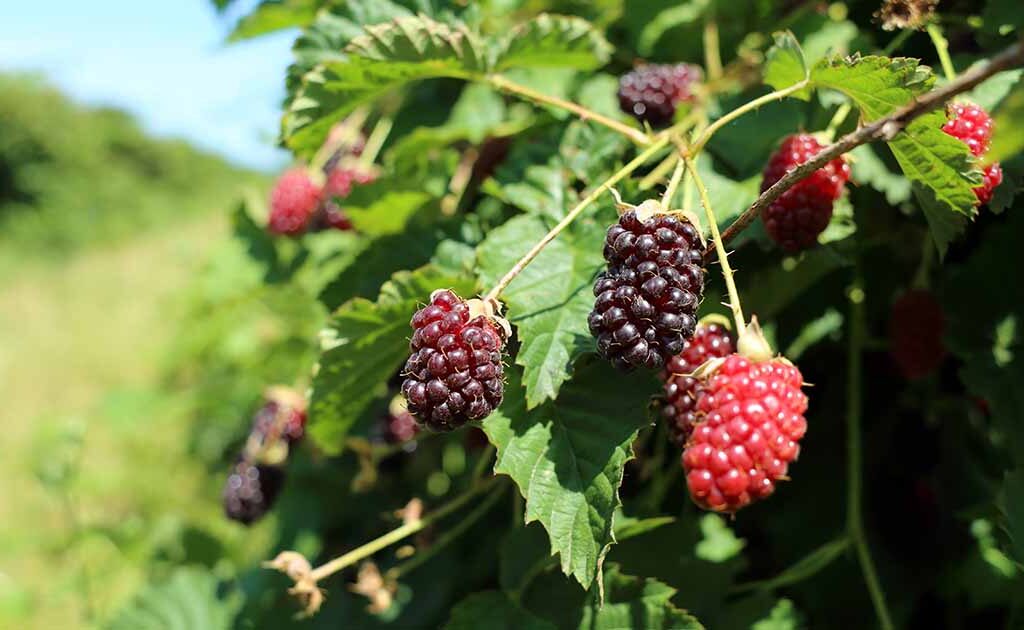
Boysenberries originated in early 20th-century California, crafted by Charles Rudolph Boysen and later popularized by Walter Knott at Knott’s Berry Farm reddit.com+5en.wikipedia.org+5foodandwine.com+5.
They are large aggregate fruits weighing about 8 g each, celebrated for their thin skin, juicy texture, and sweet-tart depth. However, they are fragile, prone to decay, and difficult to transport fresh, which limited large-scale commercial success in their homeland en.wikipedia.org+1en.wikipedia.org+1.
Why New Zealand Now Leads
1. Ideal Climate & Timing
Introduced to New Zealand in the late 1930s, boysenberries found a home in regions like Nelson and Motueka, thriving in summer throughout November to January futuremarketinsights.com+145aday.co.nz+14boysenberry.co.nz+14.
2. Co-operative Advantage
Boysenberries New Zealand, a grower cooperative in Nelson/Motueka, manages about 75% of NZ’s commercial production—roughly 2,700 tonnes from 206 ha—and taps into 50–60% of global output boysenberry.co.nz+1hea.co.nz+1.
3. Processing Emphasis
Because fresh berries spoil rapidly, NZ exports are mostly frozen (IQF), pureed, or turned into concentrates—ideal for jam, juice, yogurt, or bakery industries in Europe, Japan, USA, and Australia hea.co.nz.
4. Year-Round Marketing
Co-ordinated production and international contracts enable consistent seasonal supply, bolstering NZ’s global reach.
New Zealand’s Global Standing
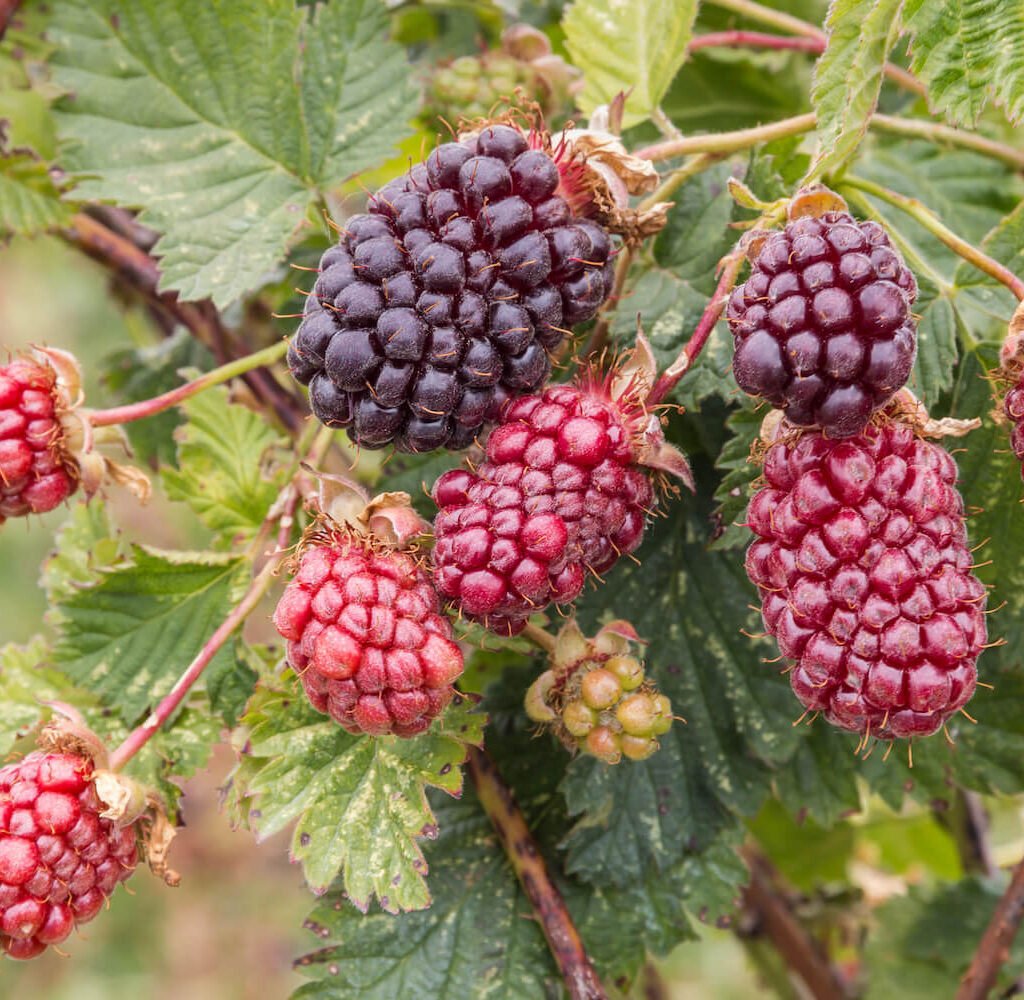
- In the early 2000s, NZ stood as the top global producer/exporter of boysenberries en.wikipedia.org+9hea.co.nz+9prospectresearchreports.com+9globalmarketvision.com+12en.wikipedia.org+12hea.co.nz+12.
- Nelson region contributes ~2,700 tonnes annually, exporting ~1,500 tonnes (including concentrate) worth about NZ$6–10 million hea.co.nz.
- That export figure is estimated to represent 50–60% of global boysenberry production futuremarketinsights.com.
Other Notable Producers
United States
Fresh boysenberries are grown on smaller California farms; Oregon focuses on processed forms (jam, syrups, ice cream). Yet, fresh yield is modest due to seasonal and handling constraints 5aday.co.nz+4en.wikipedia.org+4reddit.com+4.
Emerging Markets
China and India are ramping up boysenberry cultivation. According to market forecasts, China’s boysenberry sector is expected to grow at ~5.9% CAGR, and India’s at ~6.2% through 2033 futuremarketinsights.com.
Global Market Trends & Products
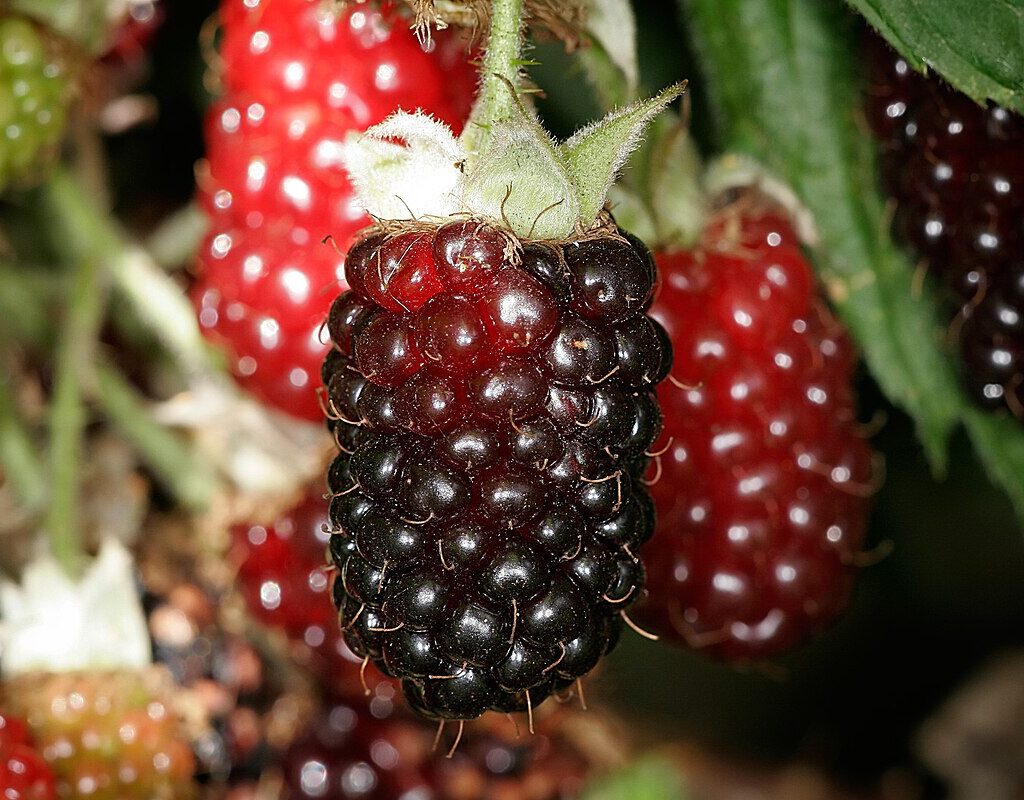
The boysenberry market was valued around USD 483 million in 2023, with projected growth to nearly USD 849 million by 2033 (CAGR: ~5.8%) .
Key Product Categories:
- Fresh berries (limited by perishability)
- Frozen IQF fruit
- Puree and concentrates
- Value-added goods: jams, syrups, nutraceuticals, cosmetics en.wikipedia.org+4markwideresearch.com+4hea.co.nz+4
Distribution Channels:
- Supermarkets and specialty stores (fresh/frozen)
- Online retailers
- Foodservice, nutraceutical, and cosmetic manufacturers markwideresearch.com
Cultivation Challenges

- Fragile & Short-lived – Boysenberries bruise easily and spoil fast, limiting fresh-market viability boysenberry.co.nz+9en.wikipedia.org+9reddit.com+9.
- Disease-prone – Past issues with fungal infections slowed U.S. commercial adoption .
- Labour-intensive pick – Hand-harvest is costly; mechanical solutions are lacking.
- Genetic limits – Cultivars remain narrow in diversity, though NZ has spearheaded thornless and hardy hybrid development .
Bright Spots & Innovations
- NZ breeding: Improved thornless strains from crosses with Scottish and Californian varieties enhance yield and resilience .
- High-value niches: Foods, supplements, cosmetics using antioxidant-rich extracts are driving demand .
- Frozen logistics: IQF exports mitigate perishability, extending reach to major markets.
What the Future Holds

- Expanded cultivation in Asia-Pacific meets rising consumption in China, India, USA, and Europe .
- Organic & functional foods gain traction—NZ and other growers explore certified organic production.
- Product diversity—expect more boysenberry juices, teas, cosmetic serums, and extracts.
- Consumer awareness—education on taste, nutrition, and culinary versatility boosts market growth.
Final Insight
New Zealand has firmly claimed the title of the world’s largest boysenberry producer and exporter—a remarkable feat for a fruit born in California. With ideal climate, cooperative farming strategies, and a focus on processing, NZ contributes 50–60% of global supply and exports approximately 1,500 tonnes annually from Nelson region alone markwideresearch.com+5boysenberry.co.nz+5dataintelo.com+5.
While production in California, China, India, and elsewhere continues to develop, New Zealand’s dominance remains unchallenged—for now. As global trends favor natural antioxidants and artisan ingredients, boysenberries appear poised to bloom on menus, shelves, and wellness aisles worldwide.

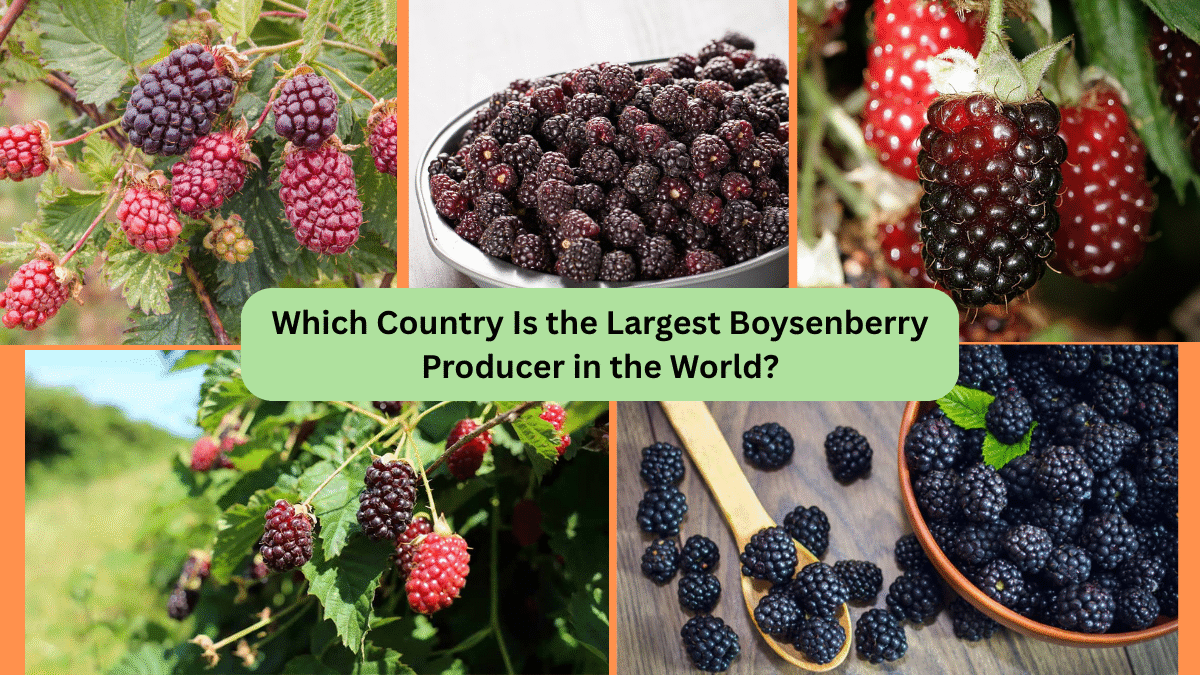
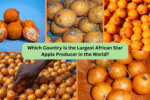


Leave A Comment